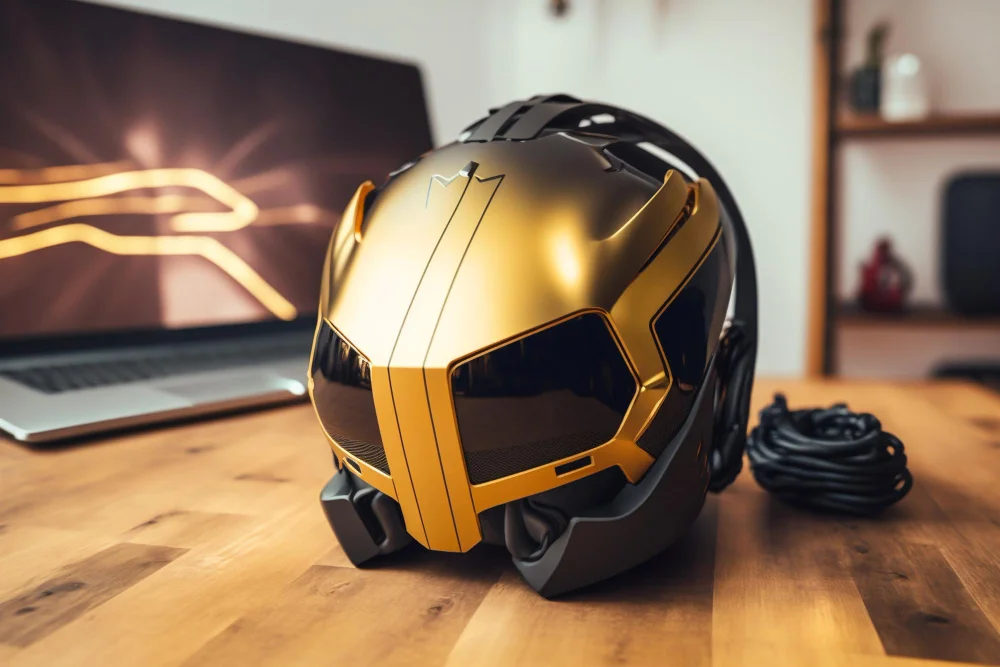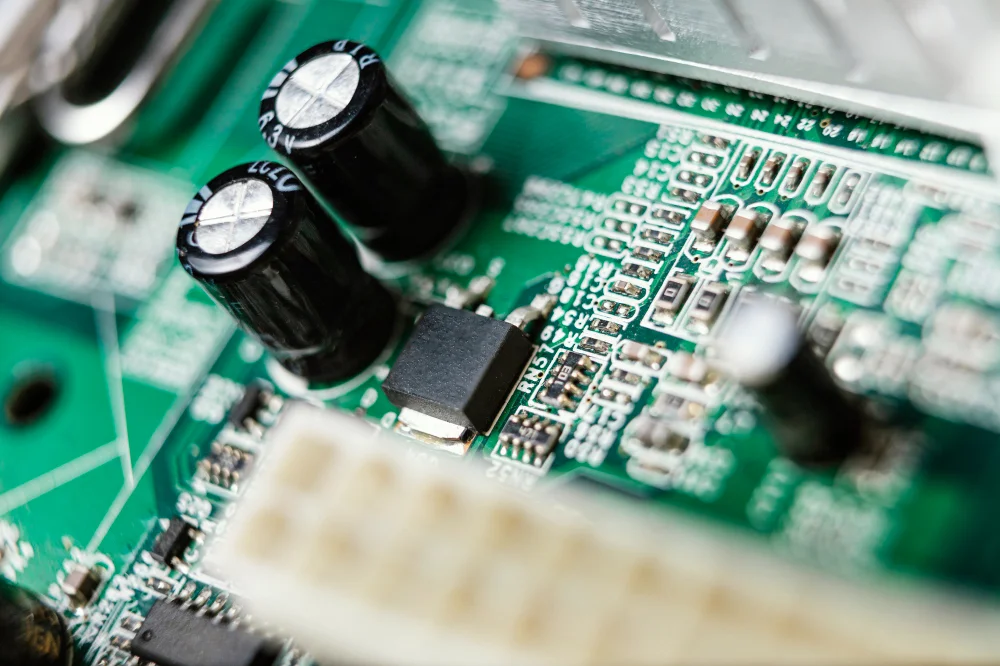The introduction of 3D printing technology has marked a significant shift in the cosplay industry. With 3D-printed costumes, enthusiasts and creators can bring their favorite characters to life with never-before-seen realism and depth. However, turning a digital model into a physical masterpiece requires meticulous thought, particularly regarding scalability. In this blog, we will explore the significance of accurate scaling for 3D-printed cosplay helmets, explore the challenges and benefits associated with scaling techniques, and provide a comprehensive guide to mastering this critical aspect of the cosplay crafting process.
Importance of Accurate Scaling
The ability to create personalized and fitted outfits is what makes 3D printing so appealing for cosplay. Accurate scaling is essential for a cosplay helmet to be successful since it guarantees the wearer a flawless fit. Not only may poorly fitted helmets ruin the appearance, but they can also affect the cosplayer’s comfort and range of motion. For this reason, precise scaling is essential to enhancing the cosplay costume’s authenticity and immersive experience.
Challenges and Benefits of Scaling Techniques
Even though precise scaling has several advantages, there are many difficulties with 3D printing for cosplay. Since every person has different facial dimensions, it is challenging to design a system that works for everyone. Accurate scaling is further difficult because of differences in printer settings, materials, and model details.
Nevertheless, overcoming these obstacles will bring about enormous benefits. A well-scaled 3D-printed cosplay helmet shows off the artist’s skill and attention to detail, in addition to improving the piece’s aesthetic appeal. It prepares the audience for an inspiring and transformational cosplay experience where the boundaries between reality and fiction are blurred.
Understanding Helmet Scaling
Concept of Scaling in 3D Printing
In 3D printing, scaling is the process of changing a digital model’s size to guarantee precise measurements in the final print. This refers to adjusting the helmet size so that it fits the wearer’s head comfortably in the case of cosplay helmets. Achieving accuracy in scaling requires a fundamental understanding of the link between the digital model and real-world dimensions.
Benefits of Helmet Scaling
The critical component of an effective cosplay helmet is accurate scaling. In addition to improving the overall appearance of the outfit, a precisely scaled helmet ensures that the user may move freely and have a seamless cosplay experience. The scaling’s meticulous attention to detail shows the creator’s devotion to authenticity and skill.
Tools and Software for Scaling
Overview of Popular Software and Tools
The need to scale 3D models for cosplay helmets is fulfilled by several software alternatives. Blender, MeshMixer, and Autodesk Fusion 360 are a few of the frequently used options. These tools offer a robust feature set for accurate scaling adjustments and an intuitive interface.
Comparison of Different Options
The level of knowledge, project needs, and personal preferences all influence the scaling tool selection. Autodesk Fusion 360 is used for its accuracy because of its parametric modeling features. Blender is popular among people who feel more at ease with an artistic approach because of its adaptability. MeshMixer offers an easy-to-use solution for beginners with its mesh modification capabilities.
Scaling Methods and Best Practices
Step-by-Step Guide to Scaling 3D Models
- Measurements: Begin by accurately measuring the wearer’s head dimensions. Consider the circumference, width, and height to establish a baseline for scaling.
- Import the Model: Import the chosen 3D model into the selected software.
- Proportional Scaling: Using the measured dimensions to scale the model proportionally ensures a balanced and accurate representation.
- Fine-tuning: Pay attention to intricate details and make adjustments to achieve the desired fit.
Tips for Achieving Accurate Scaling
- Reference Guides: Utilize reference guides or templates specific to the character or helmet design to maintain authenticity.
- Test Prints: Conduct test prints at more minor scales to validate the fit before committing to a full-sized print.
- Iterative Process: Scaling is often an iterative process. Be prepared to make adjustments based on test results and feedback.
Testing and Adjusting Scaled Helmets
Prototyping is a critical phase in the scaling process. A scaled-down version allows for practical testing, enabling the identification of potential issues in fit and comfort.
Recommended Methods for Adjusting Scale
- Fit Testing: Wear the prototype and assess the fit, ensuring comfort and mobility.
- Feedback Loop: Gather feedback from the wearer and make necessary adjustments to the digital model.
- Multiple Iterations: Be ready for several iterations as you adjust the scale until the ideal fit is reached.
Advanced Scaling Techniques
Customized Helmet Designs
Detailed or customized helmet designs require the use of advanced scaling algorithms. These could consist of:
- Sectional scaling: Scale the helmet’s various portions separately for a customized fit.
- Mesh Deformation: It is the process of precisely adjusting the mesh by using sophisticated software features.
- Pattern Recognition: Automatic scaling based on facial recognition data using machine learning methods.
3D Printing for Cosplay in Kansas City
The use of 3D printing technology is expanding along with the cosplay community. Cosplayers in Kansas City, a hub for the creative industries, are utilizing 3D printing to further their profession. In Kansas City, makerspaces, workshops, and 3D printing facilities are growing in popularity as gathering places for enthusiasts who want to realize their cosplay fantasies. The accessibility of 3D printing in Kansas City has contributed to a vibrant cosplay scene, fostering collaboration and innovation.
Conclusion
Accurate scaling for cosplay helmets is a technical need and reflects the artist’s commitment and love. It’s critical to accept the iterative nature of the process and relish the process of creating a masterpiece while we negotiate the complexities of scaling techniques.
Scaling links the virtual and actual worlds in the dynamic cosplay field, where creativity is unrestricted. It’s a call to investigate, try new things, and stretch the bounds of your imagination. Therefore, embrace the world of scaling with confidence and let your 3D-printed costume creations shine, regardless of your level of experience as a cosplayer or if this is your first time working on a project.


















